America will be less Christian — and much more religiously ambivalent — in 35 years
Part of our series on America in 2050
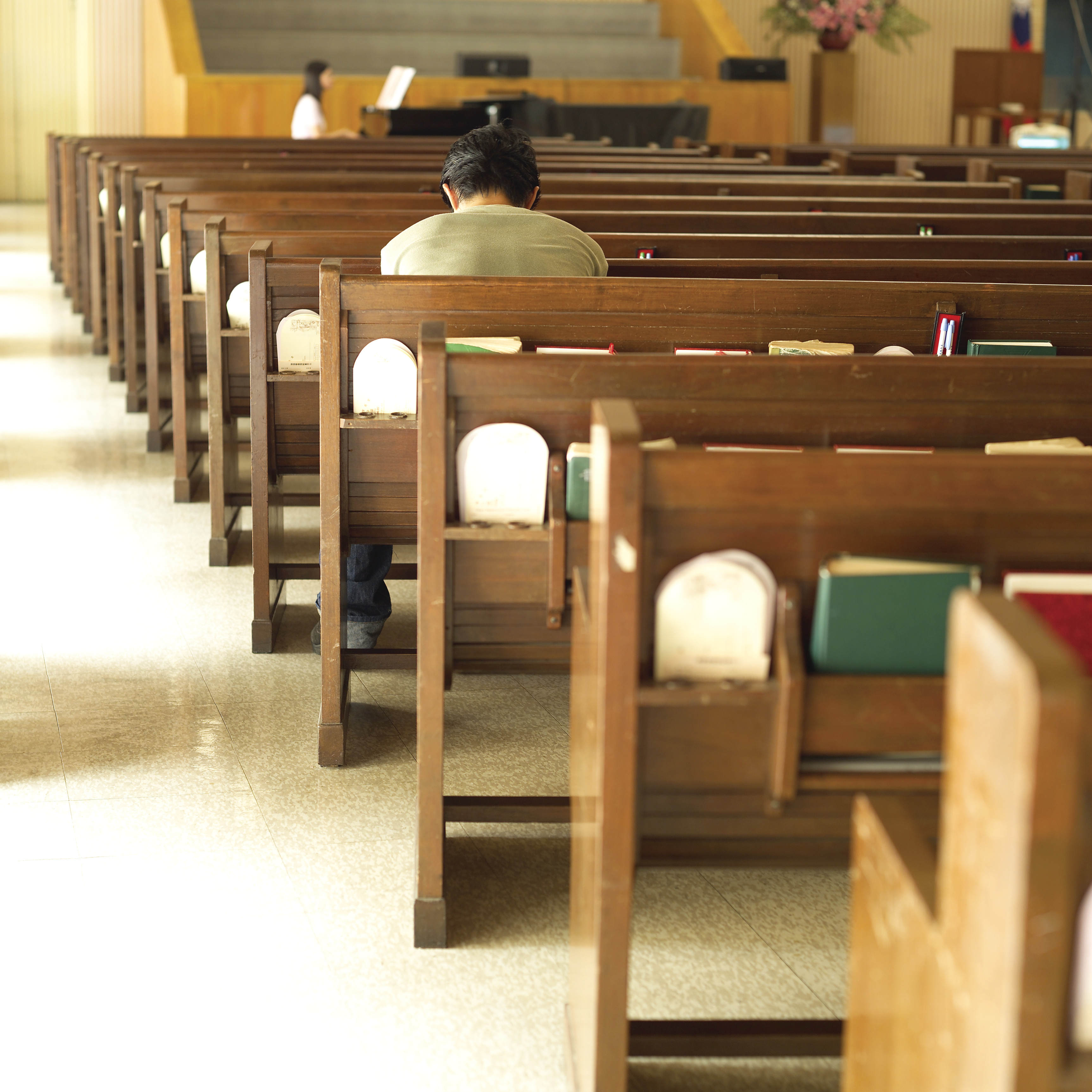

Christianity will almost certainly still be the predominant religion in the United States in 35 years, but its place in the firmament of American theism won't be quite as high. Atheism and its cousin agnosticism, on the other hand, are due for a pretty sizable step up, according to projections from the Pew Research Center's Forum on Religion & Public Life.
That may not be very surprising, but the reasons for the shifting demography of American religion are pretty interesting. There will be more Christians in 2050 than today, Pew predicts, and Christians will continue to be more fertile than the religiously unaffiliated, Pew's term for "atheists, agnostics, and people who do not identify with any particular religion." Currently, Christians have a fertility rate of 2.1 children per couple, just at the replacement level, versus 1.6 for the unaffiliated.
But thanks primarily to people switching religions or dropping out, the percentage of the U.S. that identifies as Christian will decline to 66.4 percent in 2050, from 78.3 percent. Meanwhile, the religiously unaffiliated population will increase to 25.6 percent, from 16.4 percent.
Subscribe to The Week
Escape your echo chamber. Get the facts behind the news, plus analysis from multiple perspectives.

Sign up for The Week's Free Newsletters
From our morning news briefing to a weekly Good News Newsletter, get the best of The Week delivered directly to your inbox.
From our morning news briefing to a weekly Good News Newsletter, get the best of The Week delivered directly to your inbox.
Numerically, the Christian population will rise slowly then flatten, adding a total of about 19,000,000 adherents between 2010 and 2050. The ranks of the religiously unaffiliated will nearly double, growing by nearly 50,000,000. Here's what that looks like in a chart:
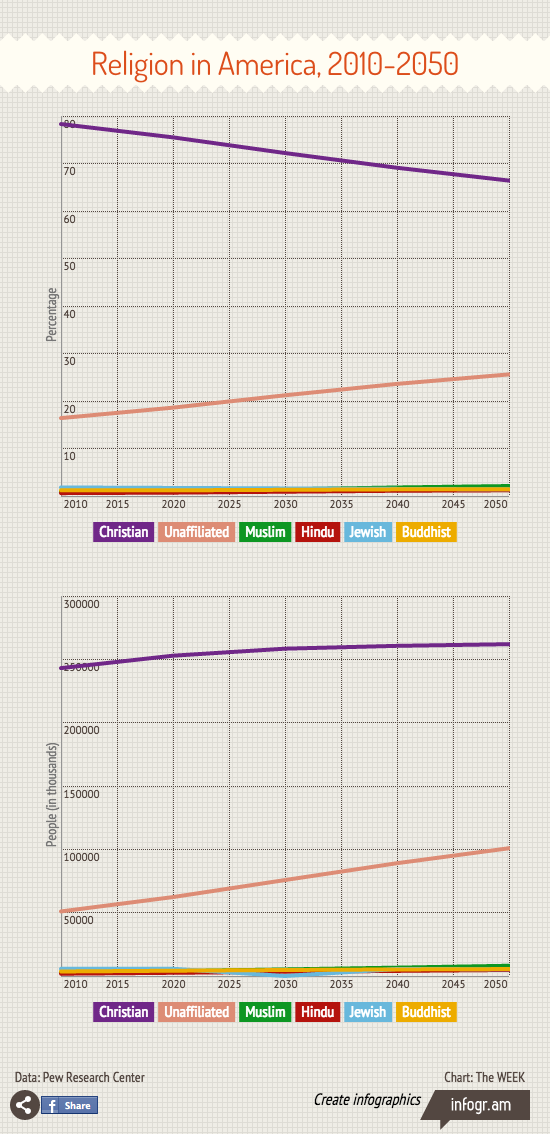
It's worth noting that most of the unaffiliated aren't atheist or even agnostic, according to a 2012 report by Pew and PBS. In that survey, 13.9 percent identified as "nothing in particular," versus 3.3 percent who called themselves agnostic and 2.4 percent who self-identified as atheist. And two-thirds of the religiously unaffiliated said they believe in God.
Nonetheless, the shift away from Christianity toward "nothing in particular" has significant implications for how America lives, gives, and votes, among other things. A December 2013 Gallup poll, for example, found that more Christians (84 percent) say they give money to charity than people with no religion (77 percent).
Politically, the rise of the "nones" could spell trouble for the Republican Party. There's been a lot of discussion about how the growing Hispanic population — projected by the U.S. Census Bureau to increase by 86 percent between 2015 and 2050, to 112 million, or about 28 percent of the U.S. populace — will help Democrats (unless Republicans make inroads with Latinos).
Sign up for Today's Best Articles in your inbox
A free daily email with the biggest news stories of the day – and the best features from TheWeek.com
But the religiously nonaffiliated also skew to the left. Pew's 2012 study found that 63 percent of the "nones" identified as Democratic or leaning toward the Democratic Party, and they were roughly twice as likely to call themselves liberal as conservative. If the religiously unaffiliated become a political force, Republicans will either have to capture more of the religious vote or court the religiously noncommittal.
The political party seen as more friendly toward Muslims could benefit from demographic shifts, too, as Islam is projected to be the No. 3 U.S. religion by 2050, passing Judaism both numerically and percentage-wise:
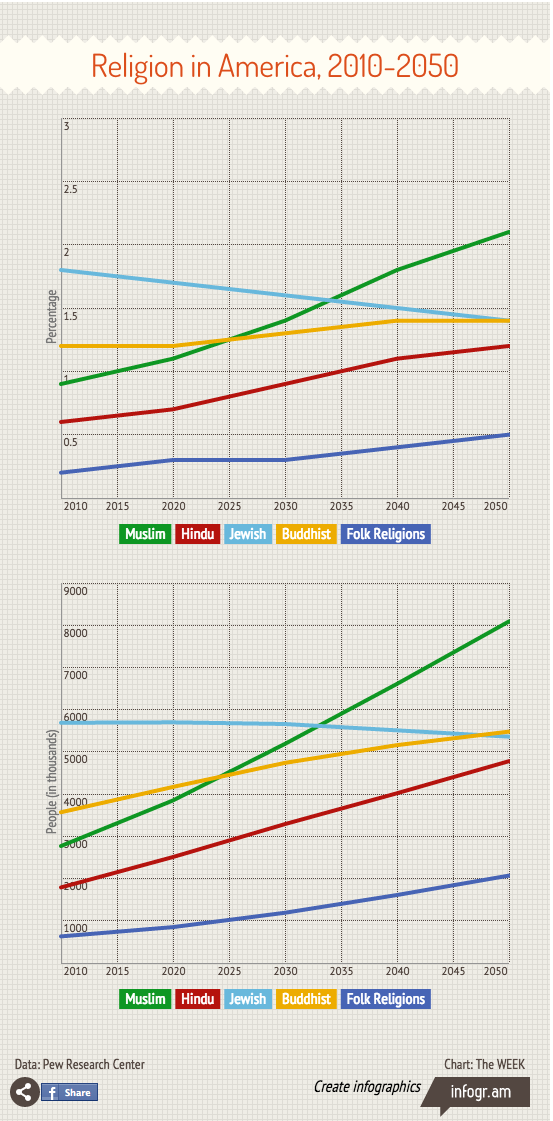
Muslims had the highest U.S. fertility rate in the last five years — 2.7 kids per couple — but Pew's predictions about the surge in Islam, Buddhism, and Hinduism are tied largely to immigration from the Asia-Pacific, Middle East, and North Africa. In fact, in recent years, Asians have made up the the largest slice of immigrants to the United States, according to Census data.
Pew can't read the future, of course, but if its educated guess about the coming demographic shifts is anywhere close to accurate, religion in America will look pretty different in 35 years, in ways big and small. Churches, mosques, synagogues, ashrams, temples, and politicians should all plan accordingly.
Peter has worked as a news and culture writer and editor at The Week since the site's launch in 2008. He covers politics, world affairs, religion and cultural currents. His journalism career began as a copy editor at a financial newswire and has included editorial positions at The New York Times Magazine, Facts on File, and Oregon State University.
-
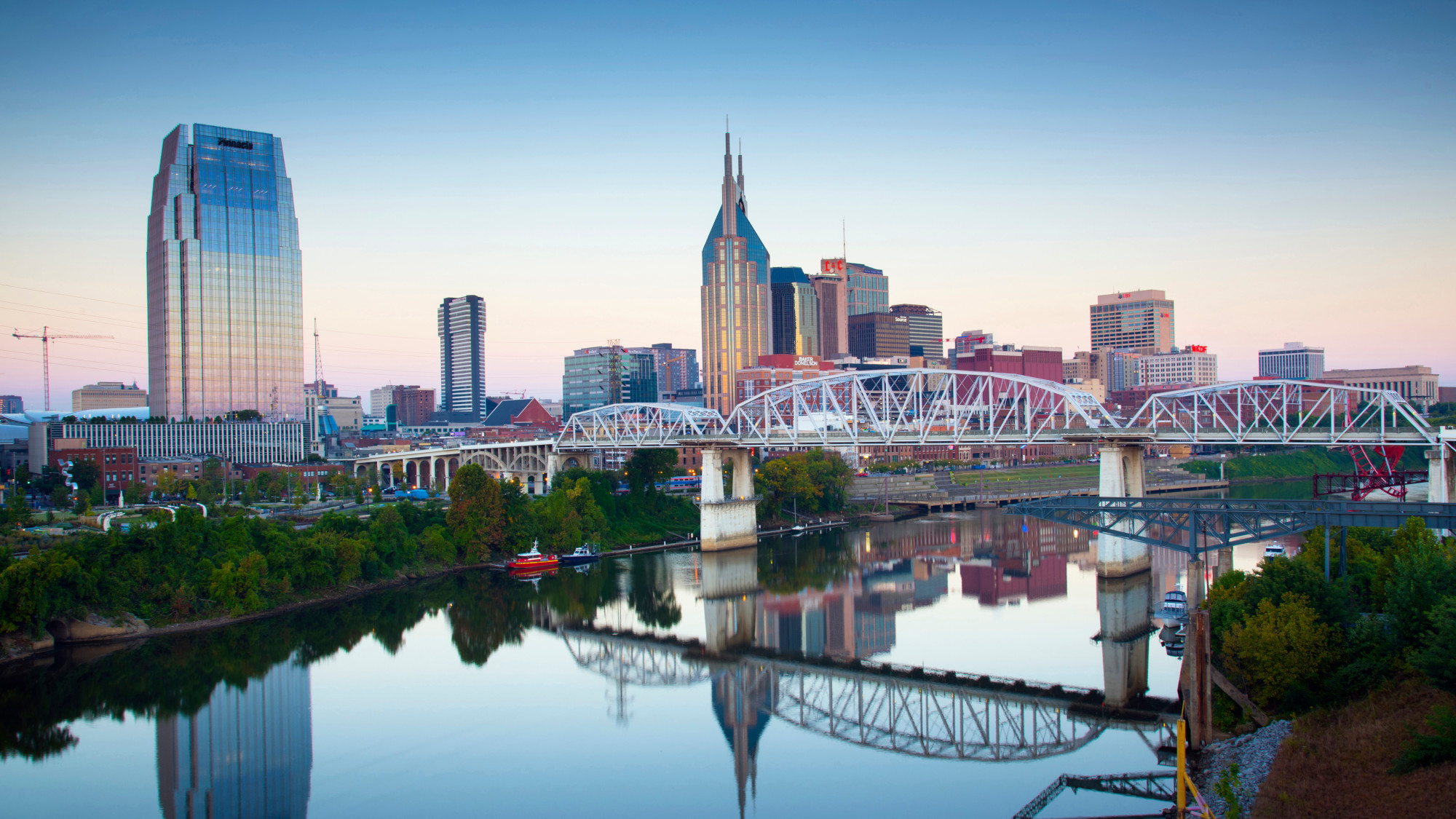 Nashville dining: Far more than barbecue and hot chicken
Nashville dining: Far more than barbecue and hot chickenFeature A modern approach to fine-dining, a daily-changing menu, and more
-
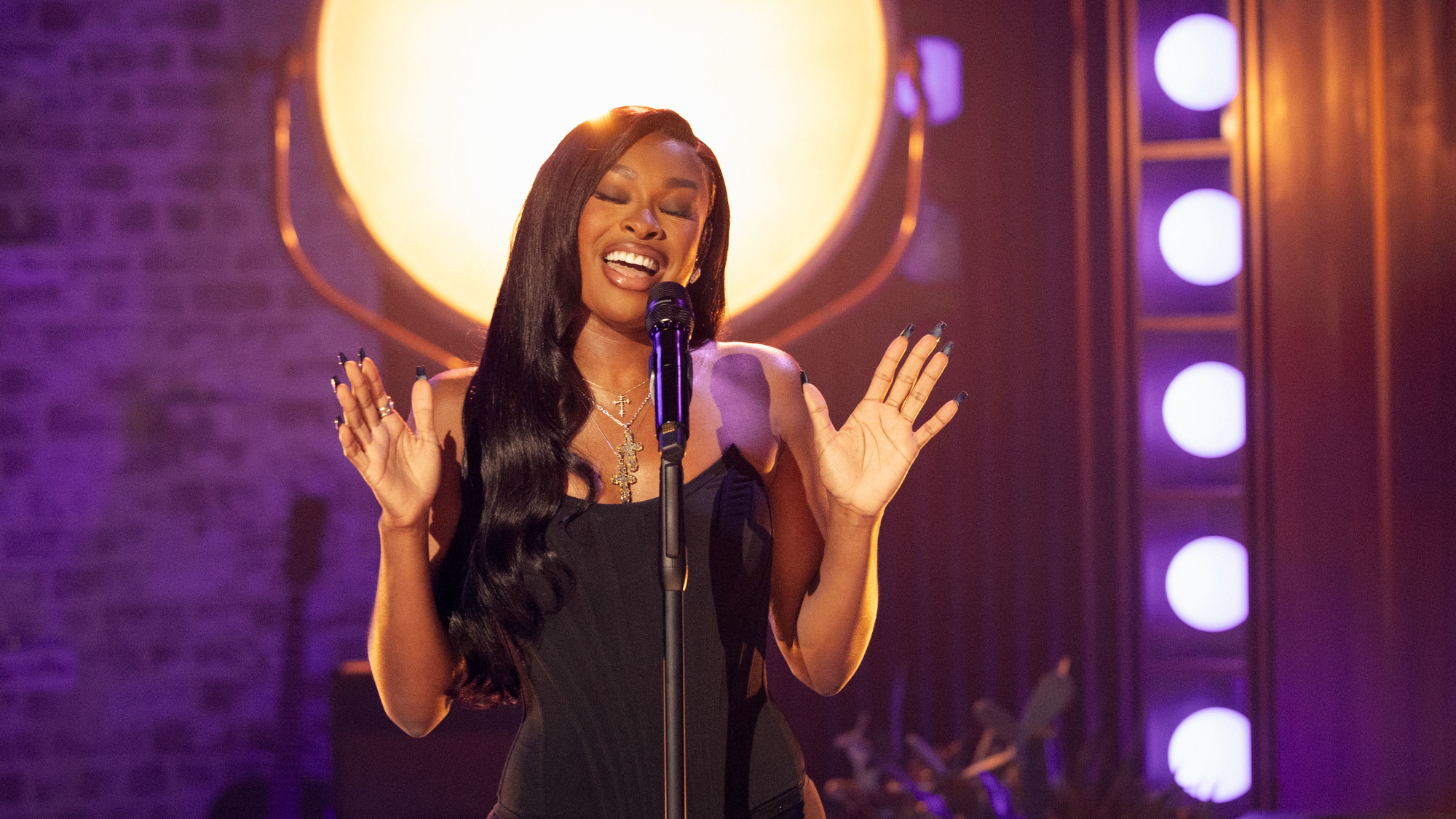 Music Reviews: Coco Jones and Viagra Boys
Music Reviews: Coco Jones and Viagra BoysFeature "Why Not More?" and "Viagr Aboys"
-
 Visa wants to let AI make credit card purchases for you
Visa wants to let AI make credit card purchases for youThe Explainer The program will allow you to set a budget and let AI learn from your shopping preferences
-
 The JFK files: the truth at last?
The JFK files: the truth at last?In The Spotlight More than 64,000 previously classified documents relating the 1963 assassination of John F. Kennedy have been released by the Trump administration
-
 'Seriously, not literally': how should the world take Donald Trump?
'Seriously, not literally': how should the world take Donald Trump?Today's big question White House rhetoric and reality look likely to become increasingly blurred
-
 Will Trump's 'madman' strategy pay off?
Will Trump's 'madman' strategy pay off?Today's Big Question Incoming US president likes to seem unpredictable but, this time round, world leaders could be wise to his playbook
-
 Democrats vs. Republicans: who are the billionaires backing?
Democrats vs. Republicans: who are the billionaires backing?The Explainer Younger tech titans join 'boys' club throwing money and support' behind President Trump, while older plutocrats quietly rebuke new administration
-
 US election: where things stand with one week to go
US election: where things stand with one week to goThe Explainer Harris' lead in the polls has been narrowing in Trump's favour, but her campaign remains 'cautiously optimistic'
-
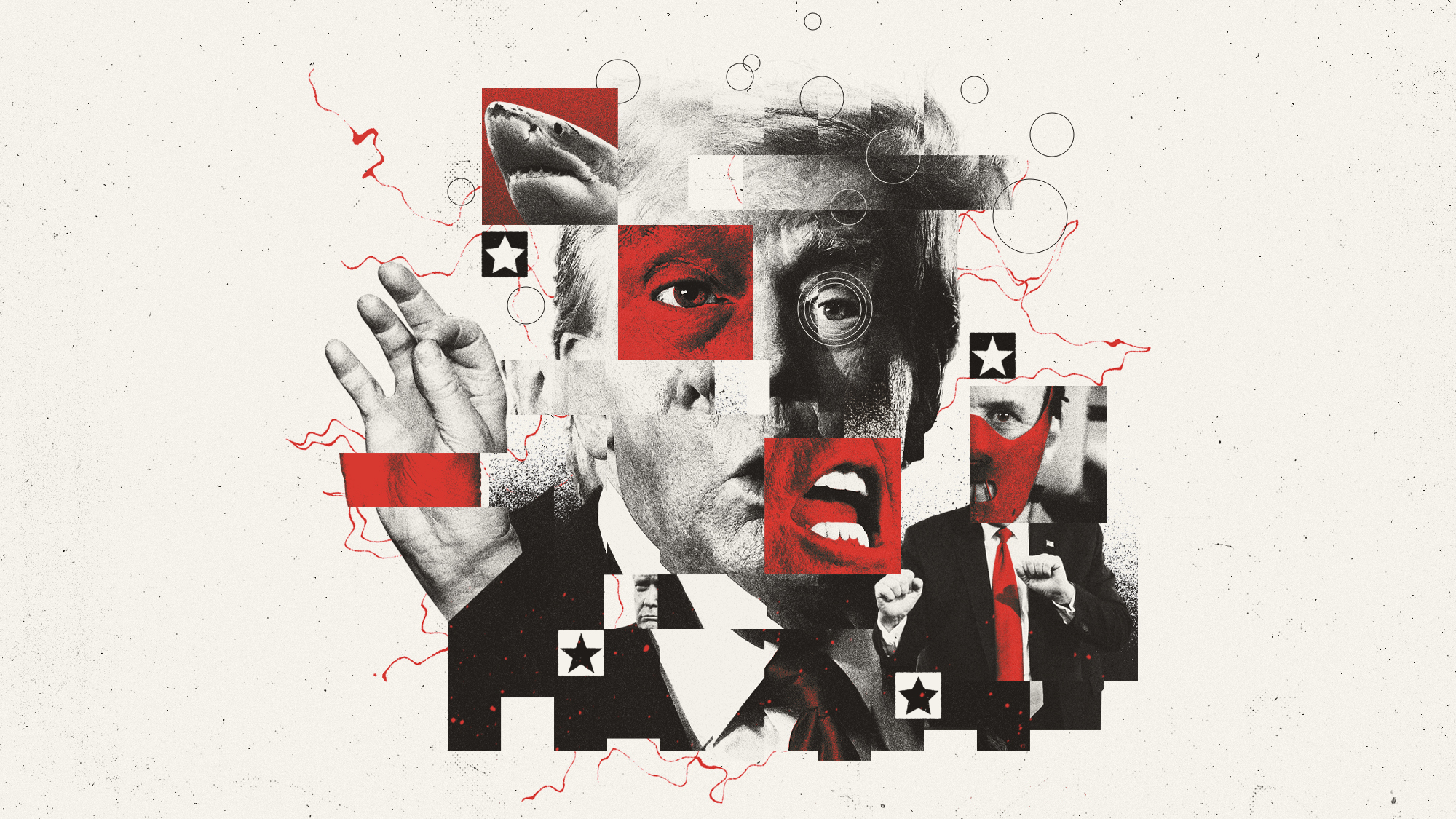 Is Trump okay?
Is Trump okay?Today's Big Question Former president's mental fitness and alleged cognitive decline firmly back in the spotlight after 'bizarre' town hall event
-
 The life and times of Kamala Harris
The life and times of Kamala HarrisThe Explainer The vice-president is narrowly leading the race to become the next US president. How did she get to where she is now?
-
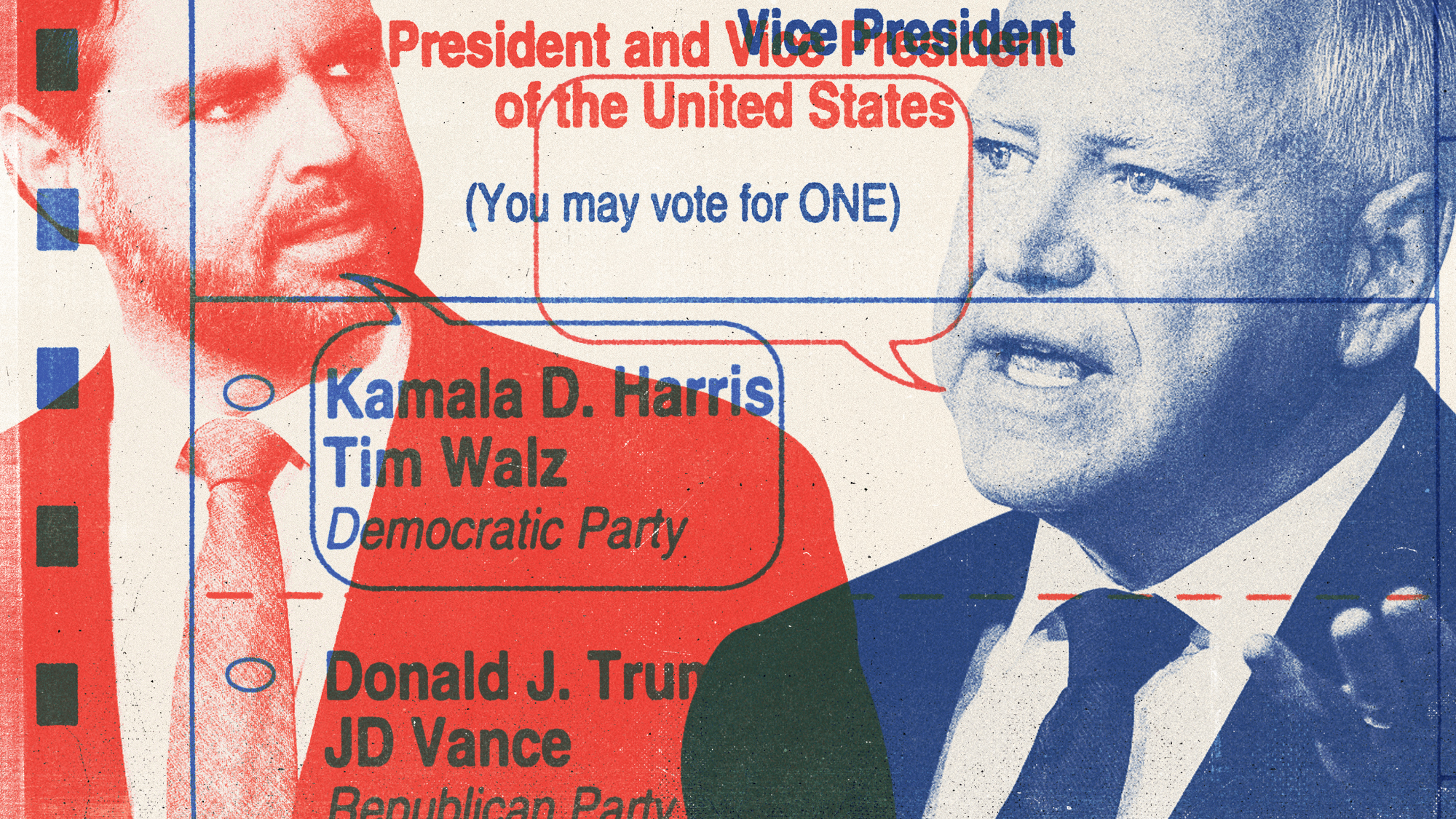 Will 'weirdly civil' VP debate move dial in US election?
Will 'weirdly civil' VP debate move dial in US election?Today's Big Question 'Diametrically opposed' candidates showed 'a lot of commonality' on some issues, but offered competing visions for America's future and democracy